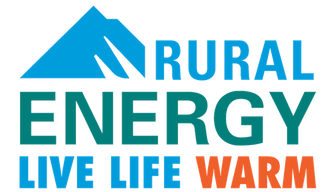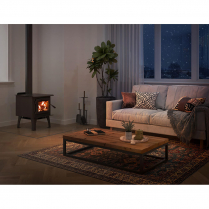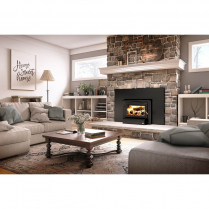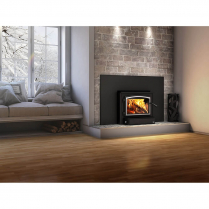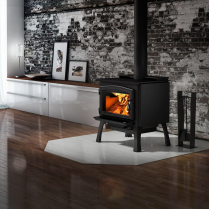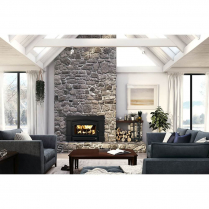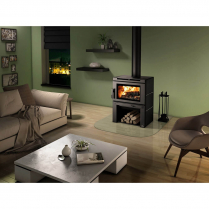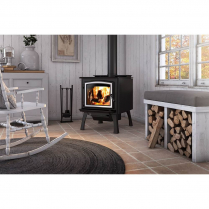SBI (the Osburn brand manufacturer) specializes in the design and manufacture of residential heating appliances using wood as the fuel source. Beyond Fire is the philosophy of not being afraid to take the lead or to stretch the boundaries. We believe great products define a great appliance manufacturer.
Osburn, Wood Inserts:
Use one of the many customizable wood inserts to increase the heating efficiency of an existing fireplace.
Osburn, Wood Stoves:
Traditional, contemporary, and modern styles are among the many options available in our portfolio of fully customized wood-burning stoves.
Osburn, Wood Fireplaces:
Zero clearance wood fireplaces provide timeless beauty and efficiency during those cold winter months.
